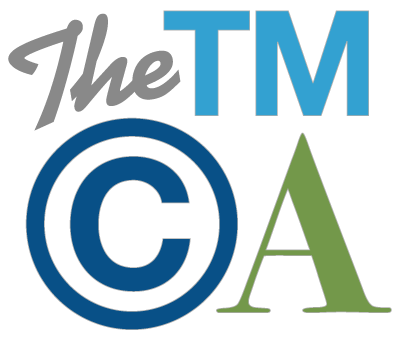AI Artwork: Worth a Thousand Words, but Zero Copyright Protection?
 Technology is changing, but is copyright law keeping up? Stephen Thaler clearly believes it is not and has sued the U.S. Copyright Office over its refusal to register artwork created by his artificial intelligence software. You may remember Thaler from a previous TMCA article discussing his bid to obtain a patent for an AI-generated invention, which the U.S. Patent and Trademark Office rejected on the ground inventorship requires a “natural person.”
Technology is changing, but is copyright law keeping up? Stephen Thaler clearly believes it is not and has sued the U.S. Copyright Office over its refusal to register artwork created by his artificial intelligence software. You may remember Thaler from a previous TMCA article discussing his bid to obtain a patent for an AI-generated invention, which the U.S. Patent and Trademark Office rejected on the ground inventorship requires a “natural person.”
In November 2018, Thaler filed a copyright application for the artwork shown above, listing the author of the work as the “Creativity Machine” (which is an AI program created by Thaler that autonomously created the work). The Copyright Office refused to register the work based on the (at least current) axiom that human authorship is necessary to support a copyright claim. The Copyright Review Board upheld the refusal in February 2022, stating it “is compelled to follow Supreme Court precedent, which makes human authorship an essential element of copyright protection.”
Last month, Thaler filed a federal lawsuit challenging the Copyright Office’s decision under the Administrative Procedure Act. The main thrust of his position is that the Copyright Act affords protection to “original works of authorship” and makes no specific reference to “human authorship.” Thaler points to the fact that corporations and other “non-human entities” have been considered authors under the Copyright Act for over a century, and the extension to AI is consistent with this principal. He also contends no case has directly ruled on the issue of AI-generated works, which is significant because AI is capable of “producing creative output that, at least functionally, is equivalent to ‘the fruits of intellectual labor’ that ‘are founded in the creative powers of the mind.’” Thaler also advances a number of property-based theories, including based on accession, first possession, and the work-made-for-hire doctrine.
Given the current state of the case law, Thaler likely faces an uphill battle. Courts, including the Supreme Court, have uniformly interpreted the Copyright Act to require human authorship, citing to Burrow-Giles Lithographic Co. v. Sarony, 111 U.S. 53, 56 (1884) as the origins of the concept, where the Court referred to authors as human. Since then, the Court has cited to Burrow-Giles in ways that seem to require human authorship, such as in Mazer v. Stein, 347 U.S. 201, 214 (1954), where it concluded a work “must be original, that is, the author’s tangible expression of his ideas.” 347 U.S. 201, 214 (1954) (emphasis added). In Goldstein v. California (again citing to Burrow-Giles), the Court also held that, “[w]hile an ‘author’ may be viewed as an individual who writes an original composition, the term in its constitutional sense, has been construed to mean an ‘originator,’ ‘he to whom anything owes its origin.’” 412 U.S. 546, 561 (1973) (emphasis added). Lower courts have also applied the human requirement to copyright authorship. For example, materials allegedly “‘authored’ by non-human spiritual beings” are not entitled to copyright protection without “human selection and arrangement of the revelations,” Urantia Found. v. Kristen Maaherra, 114 F.3d 955 (9th Cir. 1997), and a monkey is not entitled to claim copyright protection for a selfie because “humanity excludes animals,” Naruto v. Slater, 888 F.3d 418, 426 (9th Cir. 2018).
But, despite the challenges, this case is an important one. AI is becoming increasingly present in our everyday lives, extending far beyond the scientific realm. As shown here, AI machines can now produce creative works, including music, inventions, and artwork. The human-authorship requirement could have negative implications for the growth and advancement of this relatively nascent technology. Why dedicate resources to creative AI when the work product will not receive copyright protection and can be exploited by others without remedy? Time will tell but, for now, the current landscape leaves AI creations in a less than picture-perfect world.
The TMCA will continue to track this developing issue, including another forthcoming article more broadly discussing AI authorship.








